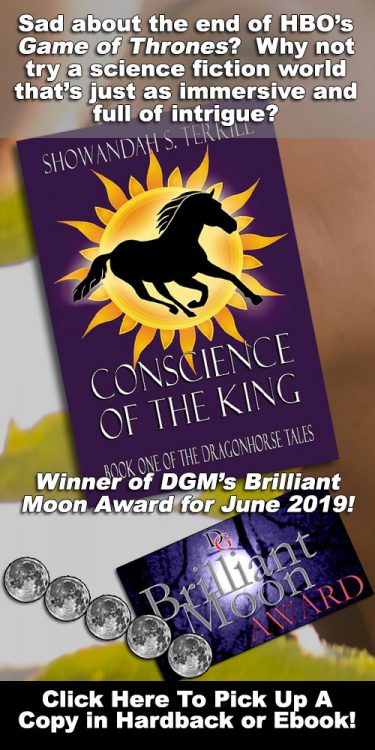Peter Murphy of Bauhaus and Siouxsie Sioux of Siouxsie and the Banshees are often credited as the grandparents of Goth. Both bands came into fruition during the 70’s. Contrary to popular belief it wasn’t the artists themselves who coined the term, but the press. In fact, at the time many “Gothic†bands refused to categorize themselves into a label at all.
The Gothic term was first used in 1979 when Bauhaus released “Bela Lugosi’s Dead.†While this song was originally meant to be humorous, the youth of the time latched onto the sound, and thus, Gothic subculture was born. Emerging in the wake of the punk era, the UK spawned what’s generally considered to be the first wave of Goth. Bands such as Bauhaus and Siouxsie and the Banshees are generally considered to represent the era’s musical taste.
During the early 80’s the movement expanded and became more mainstream. Although it was popularized by bands such as Sisters of Mercy, the era was short lived, and by the middle of the decade Gothic subculture started to fade.
The second generation of Gothic bands emerged in the late 80’s; however, unlike the original bands of the late 70’s, they had no problem giving themselves the Gothic label. Rosetta Stone and London After Midnight were two of the most prominent acts of this era. During this time the Gothic movement started to make its way over the Atlantic, branching out into various sub-subcultures. Nowadays the Gothic label is virtually attributed to anyone who wears black or uses dark makeup.
In modern times there is little left of what was the first and second generation of Goth. As people get older they seem less interested in participating in the social scene. The third generation, however, is larger than ever due to commercial rock icons such as Marilyn Manson, who’s musical direction is far closer to heavy metal than the original sound of Bauhaus.
Many first and second generation Goths make efforts to stray from the younger, more over-the-top followers who act and dress like heavy metal stars purely for shock value. Although time may prove otherwise, the newest generation’s authenticity is questioned by the older generation who seem to prefer their culture to remain out of the limelight.
To date there are a number of different subcultures, each with their own influences and unique style of Gothic clothing. From the steampunk neo-Victorian to Viviane Westwood’s catwalk models, Goth can sadly no longer retain the label of a “subculture,†but more of a brand.
Image used for feature image from Public Domain Pictures.

